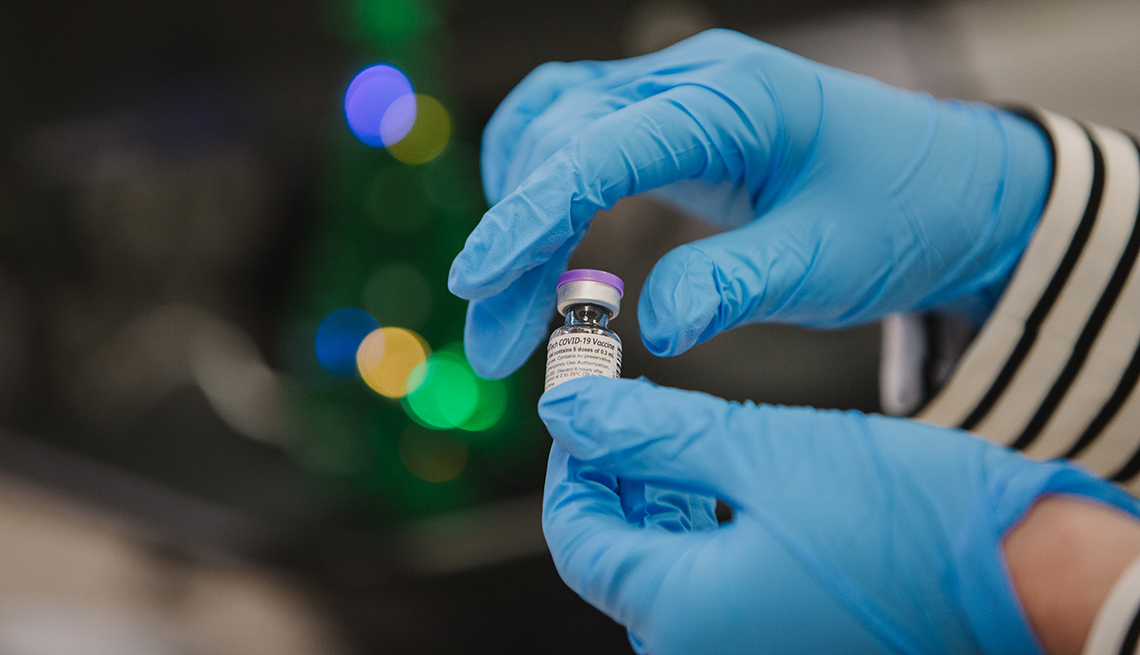AARP Hearing Center
It's here. Less than a year into the coronavirus pandemic, the U.S. has authorized the first vaccine to help combat COVID-19, the devastating illness that has so far sickened millions and killed more than 300,000 Americans. Initial doses are limited, but vaccinations have already started nationwide, and additional vaccines could be authorized soon.
What does this mean for you? Plenty. Here are some of the important things you should consider when it comes to the coronavirus vaccine and the concrete steps you can take to prepare.
Realize your place in line
Vials of vaccine from Pfizer and BioNTech — the first companies to receive emergency-use authorization (EUA) from the U.S. Food and Drug Administration (FDA) — are being delivered to hospitals and medical facilities nationwide, and shots are being administered. But it could be a while before it's your turn for vaccination.
That's because there aren't enough doses for everybody who wants a vaccine to get one right away. And so it's largely up to a group of medical and public health experts, known as the Advisory Committee on Immunization Practices (ACIP), to make recommendations on who should receive the vaccine while initial supplies are still limited. The group recently determined that health care workers and staff and residents of nursing homes and assisted living centers should go first. But with more than 18 million health care workers and roughly 1.3 million nursing home residents, according to federal data, that could take some time. (Plus, the government expects to have only enough doses to vaccinate 20 million people by the end of the year.)
It's yet to be determined who will be included in the next wave of vaccination recommendations, but essential workers, people with certain underlying conditions and older Americans — who make up the vast majority of COVID-19 deaths in the U.S. — will probably be toward the front of the line. Final distribution decisions, however, are up to individual states.
So how will you know when it's your turn? Take stock of your personal situation — your profession, your age, your underlying health conditions — and pay attention to the news from health officials in your area, “because this is really going to be kind of a moving target,” says Angela Rasmussen, a virologist at Georgetown University's Center for Global Health Science and Security.
Vaccinating priority populations could happen faster than expected if the FDA authorizes more vaccines in the coming months. (Three other candidates are in late-stage clinical trials, including one that is with the FDA for EUA review.) It could also be delayed, depending on production schedules.
In the meantime, “people can talk with their health care providers, watch the news, check out the [Centers for Disease Control and Prevention] and the FDA websites — all of those places will have the latest information on vaccine availability within their own communities,” Rasmussen says. State and local health departments are also great resources.
Start the discussion with your health care provider
Have a history of severe allergic reactions? An immunocompromising condition? A long list of prescription medications that you fear could interact with the vaccine?



































































